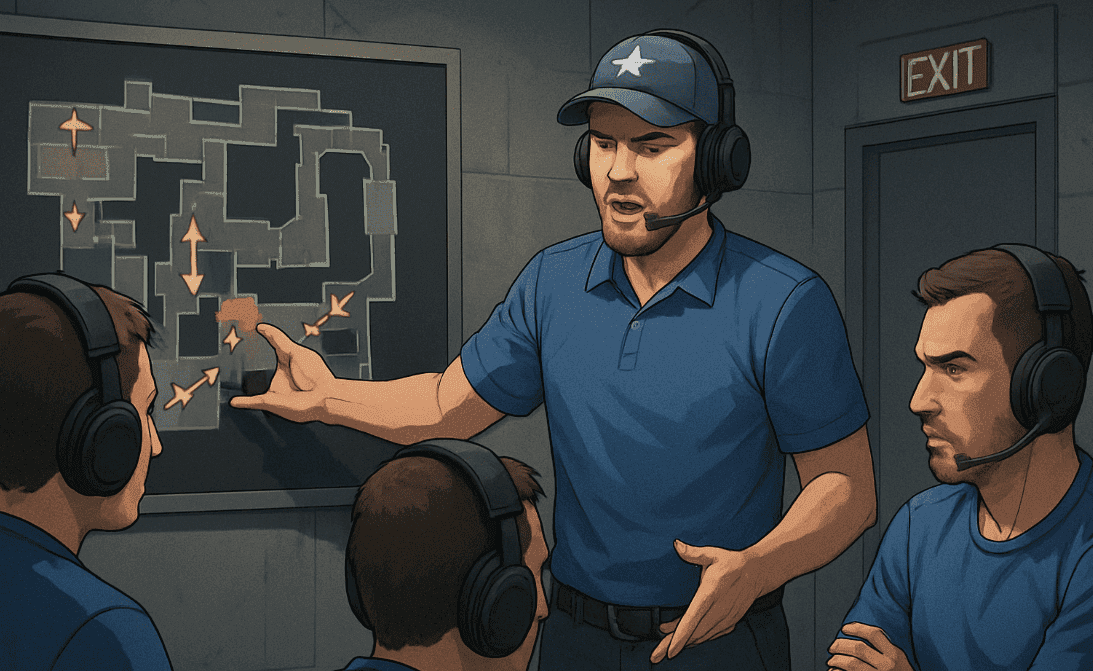Top CS2 Case Sites



In competitive CS2 (Counter-Strike 2) matches, timeouts are a crucial tactical tool that CS2 captains (IGLs) use to shift the pace of the game, adjust strategies, and influence their team’s mindset. Proper use of CS2 timeouts can completely change the flow of a series, especially when trying to regain momentum after losing several rounds in a row.
According to official tournament regulations, each team has three 30-second timeouts per map in standard play. If the map goes to overtime, all unused timeouts are reset, and each team receives one extra timeout for the overtime phase.
Timeouts can’t be “stacked” or saved for future maps — they apply only to the current one.
Breaking the Opponent’s Momentum
When the opposing team builds up a streak of round wins, the captain can call a timeout to disrupt their rhythm. This is often done before an eco round (a round where the team saves money) to make the opponent lose their tactical stability.
Changing the Pace: Aggressive → Controlled
If a team has been playing too aggressively and gets punished on flanks, a timeout allows the captain to rebalance between aggression and map control.
Coordination of Positioning and Utility
When the team wants to change their setup, discuss smokes or molotovs, or switch to a “standard defense,” the timeout gives them the breathing space to coordinate execution.
Psychological Impact and Risks
A timeout gives players time to breathe and regain focus. However, it also gives the enemy team a chance to rethink their plans.
If a captain overdoes adjustments and moves too far from the team’s strengths, stability can be lost.
The effectiveness of a timeout largely depends on the captain’s experience and understanding of the team’s mental state.
Still, a timeout is not a cure-all: balance between adaptation and your core playstyle is essential.

